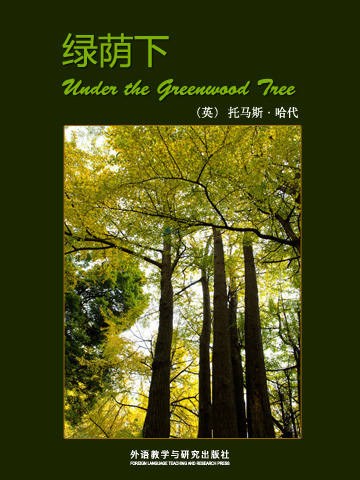Under the Greenwood Tree is Hardy's most bright, confident and optimistic novel. This delightful portrayal of a picturesque rural society, tinged with gentle humour and quiet irony, established Hardy as a writer. However, the novel is not merely a charming rural idyll. The double-plot, in which the love story of Dick Dewey and Fancy Day is inter-related with a tragic chapter in the history of Mellstock Choir, hints at the poignant disappearance of a long-lived and highly-valued traditional way of life.
哈代,OM(1840年6月-1928年1月11日)是英国小说家和诗人。虽然他的作品通常属于自然运动,几首诗显示前浪漫主义和启蒙时期的文学,如他对超自然的迷恋元素。
Under the Greenwood Tree is Hardy's most bright, confident and optimistic novel. This delightful portrayal of a picturesque rural society, tinged with gentle humour and quiet irony, established Hardy as a writer. However, the novel is not merely a charming rural idyll. The double-plot, in which the love story of Dick Dewey and Fancy Day is inter-related with a tragic chapter in the history of Mellstock Choir, hints at the poignant disappearance of a long-lived and highly-valued traditional way of life.
- PREFACE
- PART THE FIRST—WINTER
- PART THE SECOND—SPRING
- PART THE FOURTH—AUTUMN
- PART THE FIFTH: CONCLUSION
- 书评 写书评
- 笔记
-
书评加载中...













 京公网安备 11010802032529号
京公网安备 11010802032529号
笔记加载中...